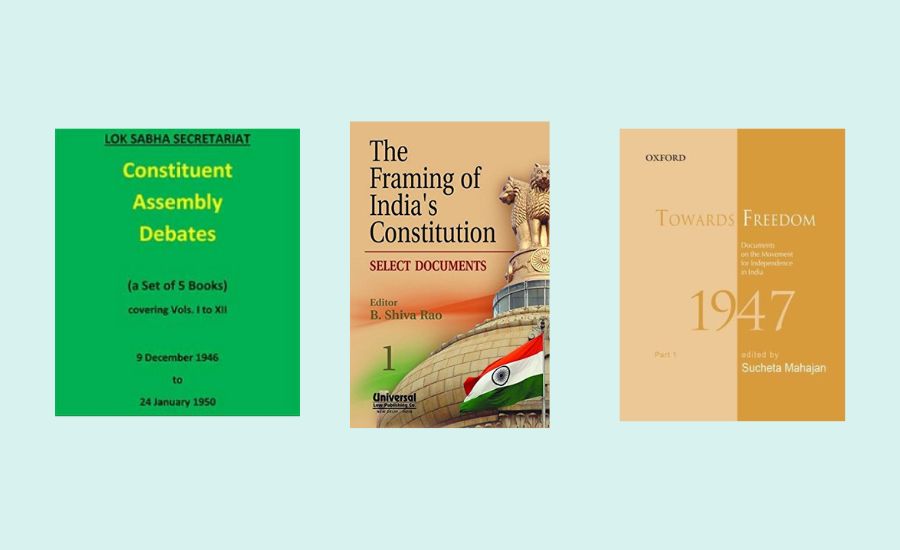
In recent years, there has been an explosion of interest in the founding of India’s constitutional democracy. A number of books, podcasts, videos and essays have engaged with the origins of India’s Constitution. This a welcome development and we hope that this continues to deepen and grow. That said, at ConstitutionofIndia.net, we believe that there is great value in Indians reading primary materials related to Indian constitutional history. Indeed, much of these materials are voluminous and difficult to access. A lot of our work here has been to make these materials easily accessible, and we will continue to do so.
In this post, we highlight 5 primary sources that are critical for Indians to appreciate the historical pedigree of the Indian Constitution:
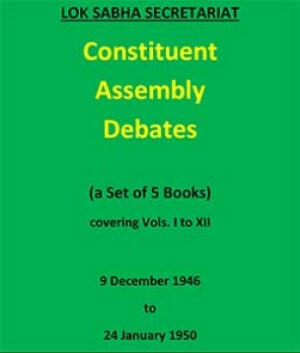
1. Constituent Assembly Debates
The Indian Constitution was drafted by a Constituent Assembly over a period of 3 years between 1946-50. The Assembly, comprising around 250-300 members, comprehensively debated hundreds of constitutional proposals and voted on them. These debates and deliberations were transcribed and the official transcripts were published in 1950 by the Lok Sabha Secretariat as the ‘Constituent Assembly Debates’ – a series of 5 books organised around 12 volumes.
These books are arguably the most well-known and critical primary sources on Indian Constitution-making. They provide invaluable insights into how and why our Constitution framers adopted one constitutional choice over another, the conflicts and tensions between different constitutional visions, and the quality and depth of discussions that led to the final Constitution of India 1950. On ConstitutionofIndia.net, we have digitized and searchable formats of these debates.
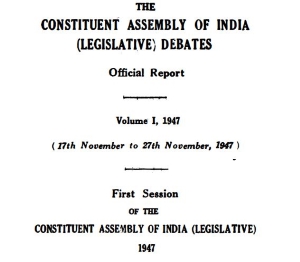
2. Constituent Assembly of India (Legislative) Debates
Apart from drafting and debating our Constitution, the Constituent Assembly also fulfilled another function. After independence, it took on the additional role of a legislative body to make laws for the country until the Constitution came into force on 26 January 1950. On that day, it transformed itself into the Provisional Parliament to continue its legislative function until India’s first general election could be held.
The debates conducted in these forums involved key affairs of the day such as the Partition violence, accession of the Princely States, and the Indo-Pakistan war of 1947-48. Hence, they help us in understanding the larger political context within which our Constitution was drafted.
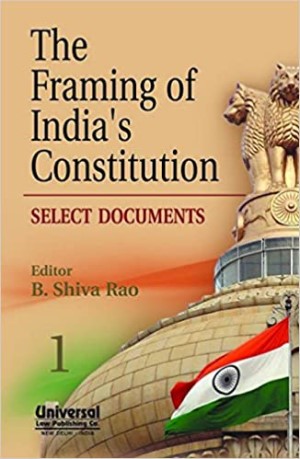
3. The Framing of India’s Constitution: Select Documents, edited by B. Shiva Rao, published by Universal Law Publishing Co. (1966)
This collection, edited by Constituent Assembly Member B. Shiva Rao, was initiated by the Indian Institute of Public Administration, New Delhi. The 4 volumes contain hundreds of documents related to Indian constitutional history, such as the first attempts by Indians at drafting a constitution. They also include papers which document the processes in the backdrop of the Constituent Assembly, including committee reports, minutes of meetings, memoranda and notes received, and so on.
Many of the key provisions of the Constitution had already been debated and informally decided upon in these committees and meetings, before being formally introduced on the floor of the Assembly. They also reveal interesting details that we cannot find in the Assembly debates themselves. For instance, the proceedings of a Sub-Committee report illustrate how narrowly the proposal to include interfaith marriage as a Fundamental Right was rejected.
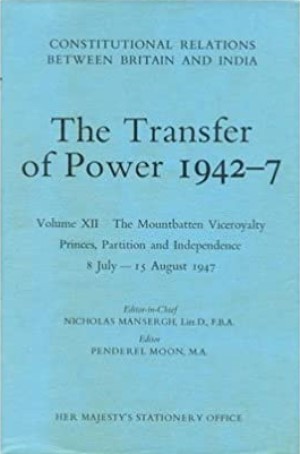
4. The Transfer of Power: 1942-7, edited by Nicholas Mansergh, published by Her Majesty’s Stationery Office (1970-83)
In 1966, the British Government decided to de-classify and release documents from the India Office Records, related to the ‘Transfer of Power and events leading up to it’. Eminent Cambridge historian Nicholas Mansergh was chosen as the Editor-in-Chief of the project. It amounted to 12 massive volumes comprising thousands of documents, and was released over 13 years. The volumes start from 1942, the year of the failed Cripps India Mission, and end in 1947 with the completion of the transfer of power.
Some modern Indian historians have criticised the title and period chosen, as symptomatic of the imperialist bias in portraying the transfer of power as a gift of the British. In spite of this, the perspectives of the British on the events leading up to the formation of the Constituent Assembly present us with an important alternate angle to look at Indian constitutional history.

5. Towards Freedom: Documents on the Movement for Independence in India, published by Oxford University Press (1985-2016)
Partly as a response to the abovementioned British project, the Indian Council for Historical Research commissioned this ambitious project which aimed to collect a wide variety of documents from Indian archives. Each volume in the series, corresponding to a year or half a year (from 1937-47), has been edited by an eminent Indian historian such as Bipan Chandra and Sumit Sarkar.
Unlike other works, this series provides a social and political history of the years leading up to the framing of the Constitution. This background is crucial in understanding the locations from which our Constitution framers were working. The documents in Towards Freedom help us to contextualise these locations.
